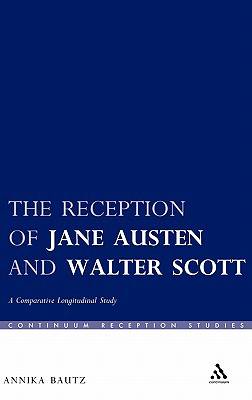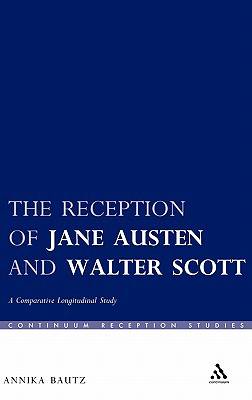
- Retrait gratuit dans votre magasin Club
- 7.000.000 titres dans notre catalogue
- Payer en toute sécurité
- Toujours un magasin près de chez vous
- Retrait gratuit dans votre magasin Club
- 7.000.0000 titres dans notre catalogue
- Payer en toute sécurité
- Toujours un magasin près de chez vous
Description
Of all the great novelists of the Romantic period, only two, Jane Austen and Walter Scott, have been continuously reprinted, admired, argued about, and read, from the moment their works first appeared until the present day. In a pioneering study, Annika Bautz traces how Scott's nineteenth-century success among all classes of readers made him the most admired and most widely read novelist in history, only for his readership to plummet sharply downwards in the twentieth century. Austen's popularity, by contrast, has risen inexorably, overtaking Scott's, and bringing about a reversal in reputation that would have been unthinkable in the authors' own time.
To assess the reactions of readers belonging to diverse interpretative communities, Bautz draws on a wide range of indicators, including editions, publisher's relaunches, sales, reviews, library catalogues and lending figures, private comments in diaries and letters, popularisations. She maps out the long-run changes in the reception of each author over two centuries, explaining literary tastes and their determinants, and illuminating the broader culture of the successive reading audiences who gave both authors their uninterrupted loyalty. The first ever comparative longitudinal study, firmly based on empirical and archival evidence, this book will be of interest to scholars in Romanticism, Victorianism, book history, reading and reception studies, and cultural history.Spécifications
Parties prenantes
- Auteur(s) :
- Editeur:
Contenu
- Nombre de pages :
- 208
- Langue:
- Anglais
- Collection :
Caractéristiques
- EAN:
- 9780826495464
- Date de parution :
- 09-08-07
- Format:
- Livre relié
- Format numérique:
- Ongenaaid / garenloos gebonden
- Dimensions :
- 163 mm x 236 mm
- Poids :
- 476 g

Les avis
Nous publions uniquement les avis qui respectent les conditions requises. Consultez nos conditions pour les avis.






